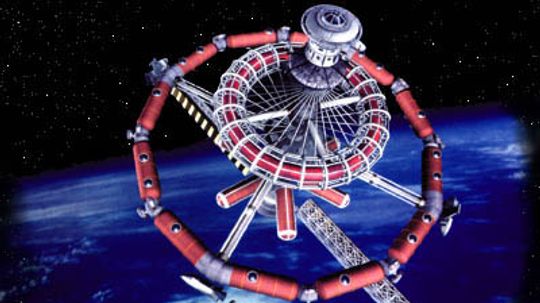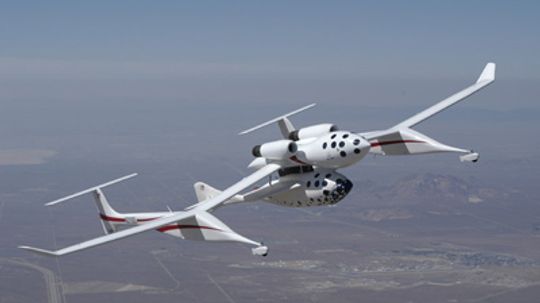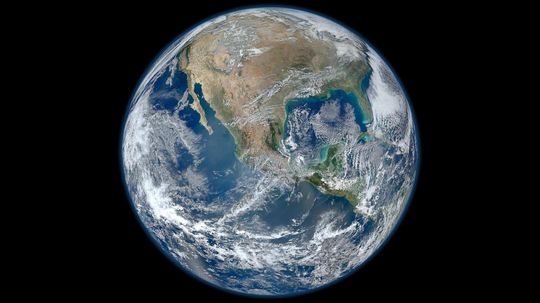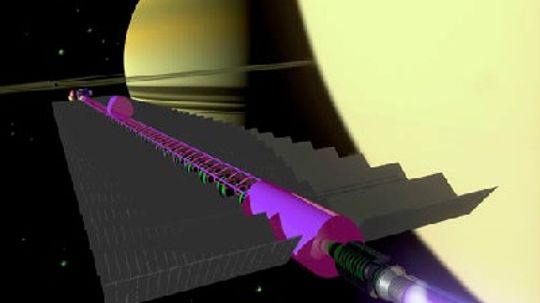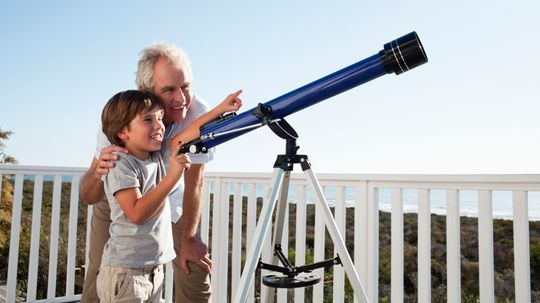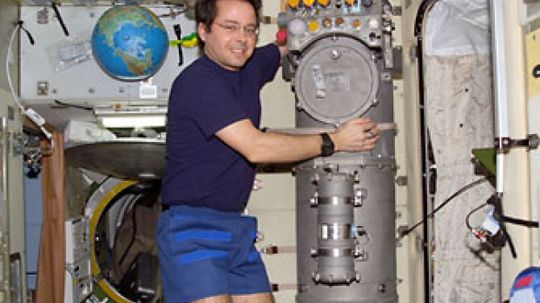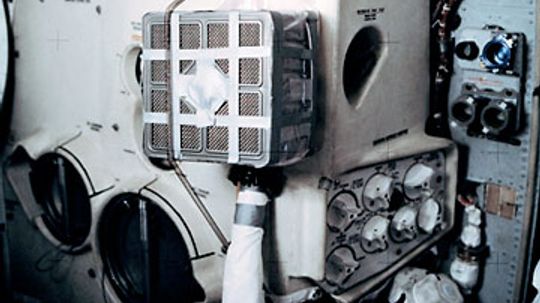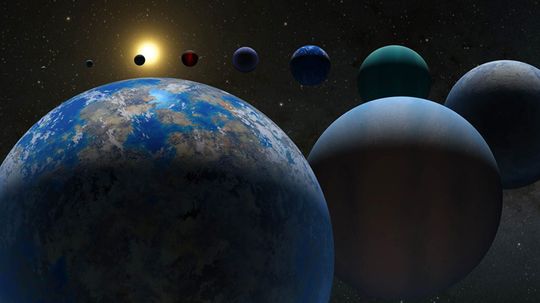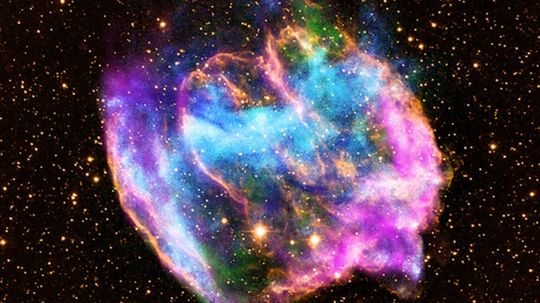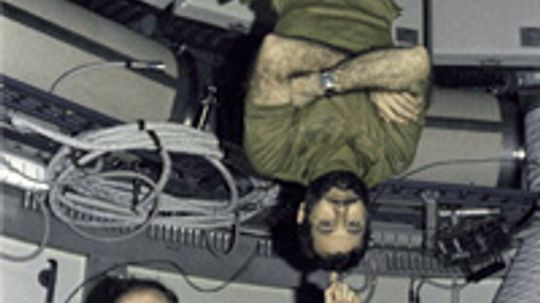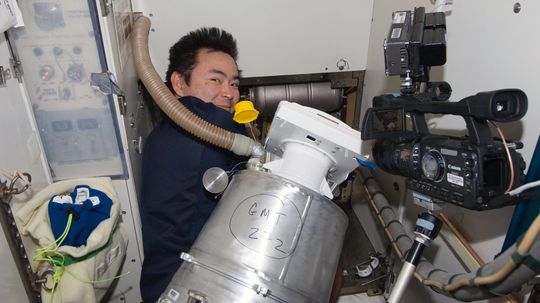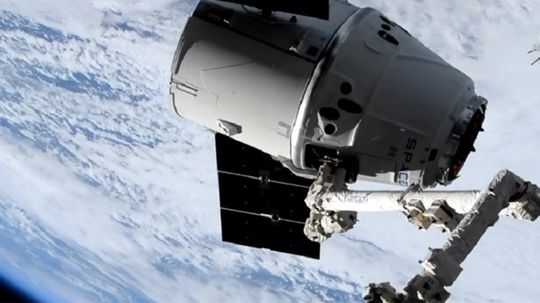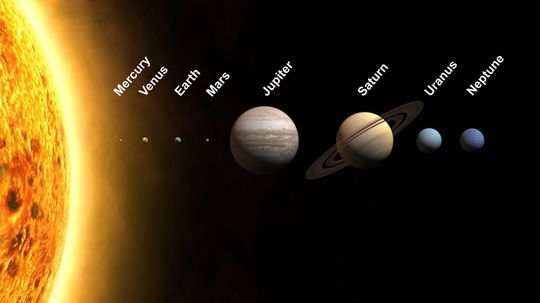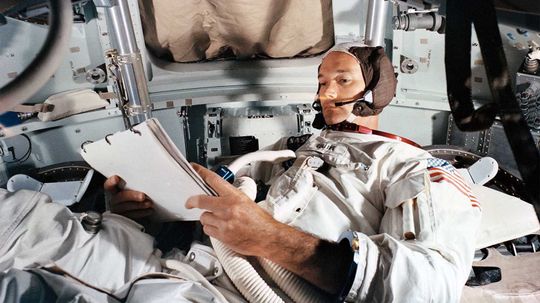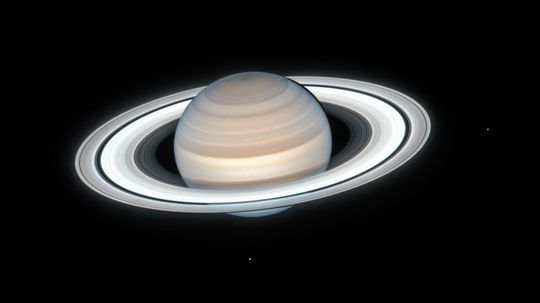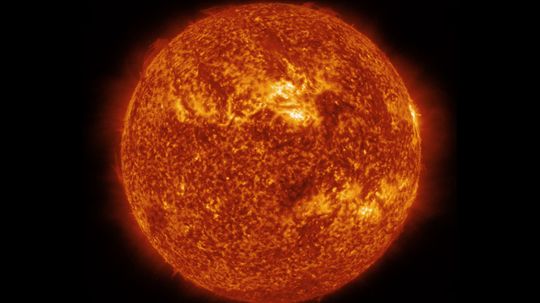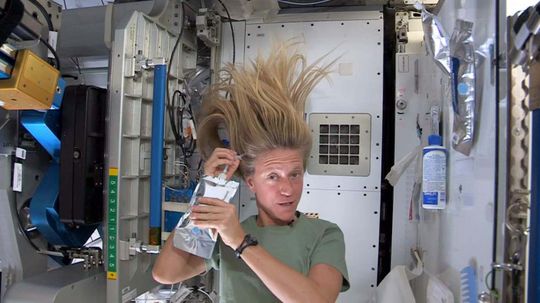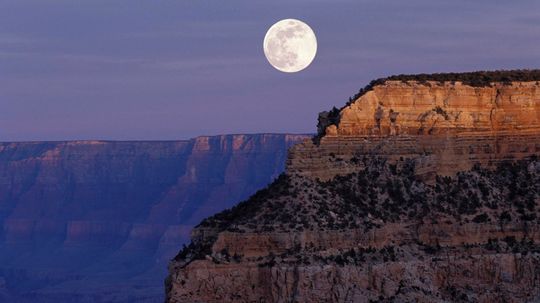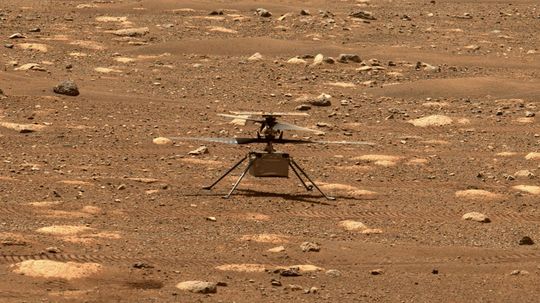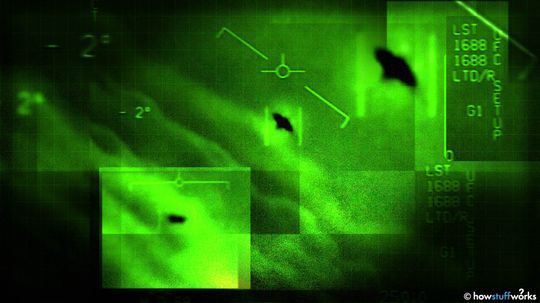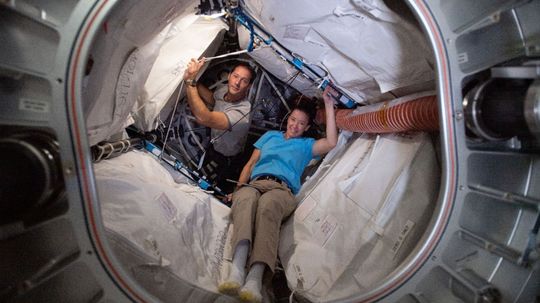Space
Explore the vast reaches of space and mankind's continuing efforts to conquer the stars, including theories such as the Big Bang, the International Space Station, plus what the future holds for space travel and exploration.
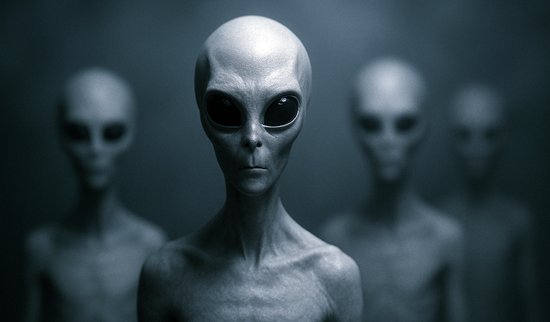
Tall Whites: The Classic Extraterrestrial Archetype
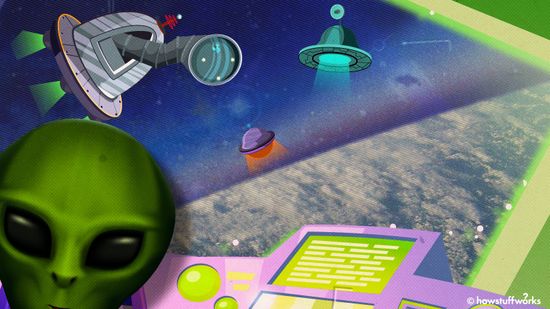
The Zoo Hypothesis: Are Aliens Watching Us Like Animals in a Zoo?
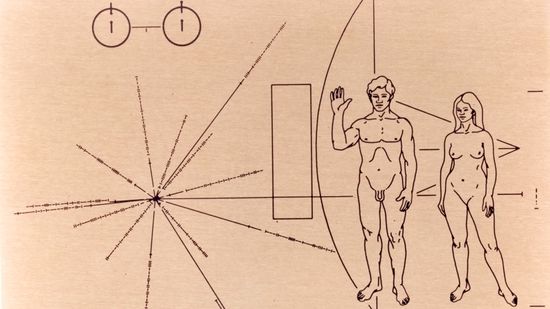
Communicating With Aliens Is Hard. Communicating With Alien AI Could Be Harder
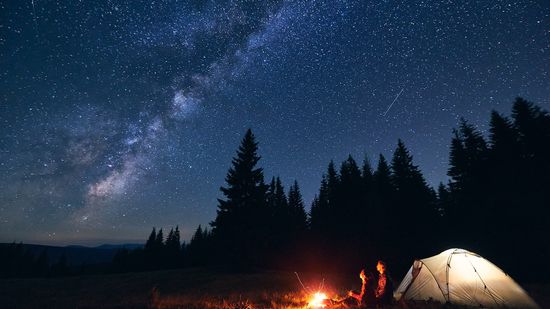
10 Types of Stars Blazing and Collapsing in Our Universe
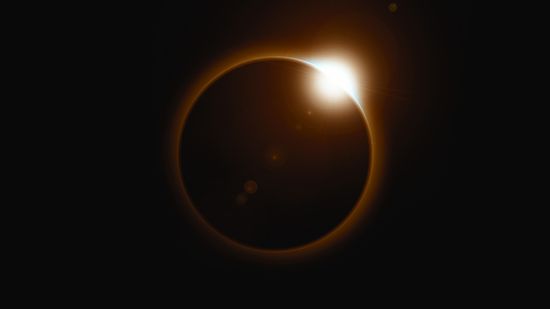
7 Types of Eclipses: Lunar, Solar and ... Hybrid?

Why a Geomagnetic Storm Makes for Pretty Skies and Tech Scares
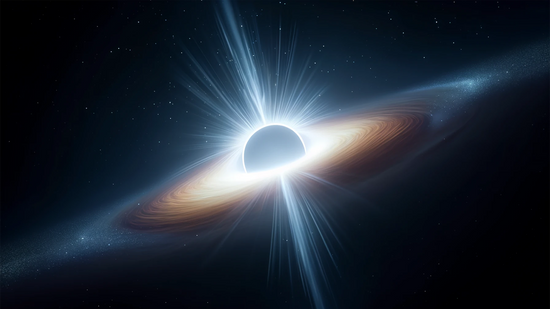
What Is a White Hole? Does the Cosmic Phenomenon Exist?
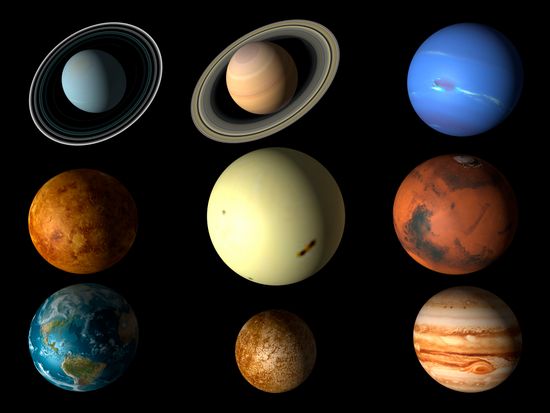
10 Best Ideas for Interplanetary Communication
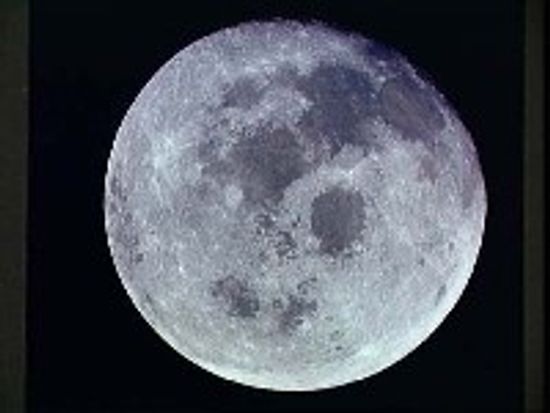
How can the moon generate electricity?

Is an Astronaut Stuck in Space a Rare Occurrence?
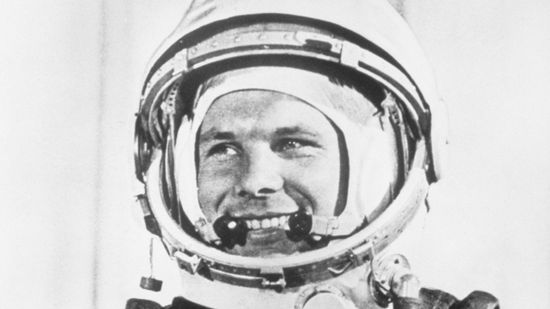
What Really Happened to Yuri Gagarin, the First Man in Space?

Apollo 11 One Giant Leap For Mankind
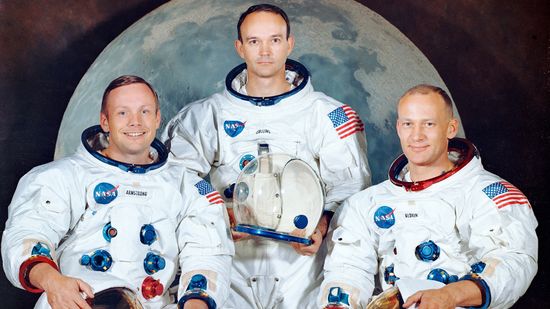
15 Famous Astronauts Who Expanded Our Universe
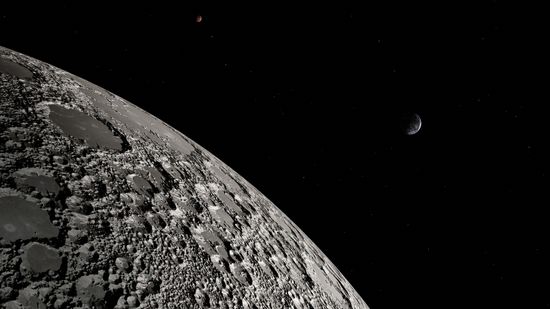
2023 India Moon Landing Was World's First at Lunar South Pole
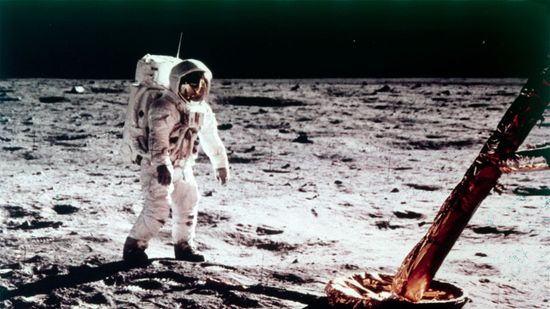
Quiz: Apollo 11, the First Moon Landing
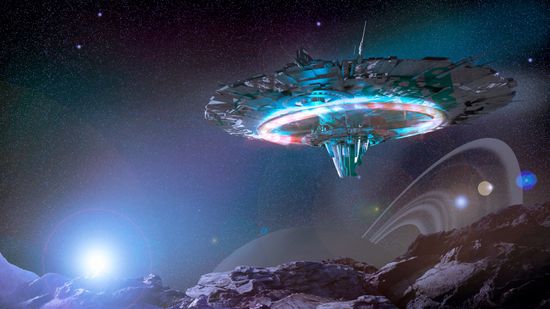
The Fastest Fictional Spaceships
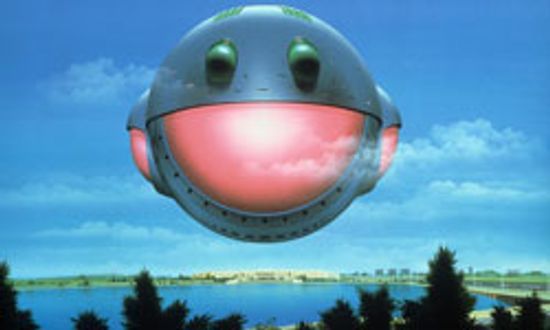
10 Fictional Spacecraft We Wish Were Real
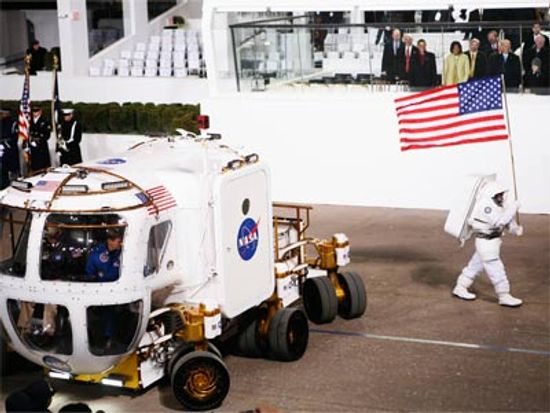
How Lunar Rovers Work
Learn More / Page 8
A new space race is on -- who will be the first to build a space hotel? One company has gathered 3 billion dollars to do just that. Find out what life in a luxury space hotel might be like.
It's launch time for the first privately funded space flight. In the course of battle for the X Prize, a group called Scaled Composites has built and tested SpaceShipOne, a sub-orbital spacecraft intended to carry tourists on the ride of their life. Learn all about the craft.
Even though it's tiny compared to the rest of the universe, Earth is a complex planet that, so far, is the only one we know of that sustains life.
Advertisement
Using current rocket engine technology, a trip to Mars takes seven months. Fusion propulsion would cut that trip in half. Find out what fusion is and how it could speed up space travel.
By Kevin Bonsor
There are all kinds of telescopes, but you can make a simple one on your own. You'll need a few basic supplies and this step-by-step article. Get ready to star-gaze!
As the International Space Station astronauts return to Earth after a three-month stay, learn about the effects of weightlessness on the body.
On Earth, we have a constant supply of fresh air. But what happens in the tiny, confined cabins of spacecraft, like the space shuttle or space stations? How is oxygen supplied to the people on board?
Advertisement
In the confined cabins of spacecraft, like the space shuttle or space stations, carbon dioxide, which is toxic, poses a problem for astronauts. Keep reading to see how that CO2 is eliminated.
Exoplanets, planets beyond our solar system, have been found in their thousands in the last two decades. Before that, we barely knew about the variety in outer space.
A dying star can explode with the force of a few octillion nuclear bombs and create any element in the universe. But why do stars go supernova?
Humans in space may age just a bit more slowly than the rest of us, but they also experience rapid muscle and bone mass loss. Why does this happen, and do astronauts recover?
Advertisement
If you consider throwing down a welcome mat on the porch of the International Space Station the same as living "elsewhere," then yes. But what about the moon and destinations beyond?
When you think about space travel, you probably don't take the time to wonder how astronauts go to the bathroom. However, the annals of aeronautic history abound with space bathroom tales. Here are 10 of our favorites.
We've been cruising to and from the International Space Station since 2000. Isn't it about time we started moving on to other space destinations and establishing human outposts?
It's tough to wrap your mind around a time when the Earth wasn't here. So how do Earth and the rest of the planets out there get their start in the universe?
By Robert Lamb
Advertisement
We can't defy the odds of an asteroid taking a turn for Earth forever, so the world's astronomers watch the sky. What happens once they spot something?
By Robert Lamb
You know Saturn and Venus and Mars. Can you put the eight planets of the solar system in the correct order? There are several ways to do this.
One of the three-man crew of Apollo 11, the mission that first set foot on the moon, Michael Collins was a true American hero.
By Mark Mancini
In recent years, Saturn has overtaken Jupiter as the planet with the most moons in our solar system. How many does it have and could it have even more?
Advertisement
Arcturus is 113 times brighter than our sun, even though it's only a little bigger. What else should we know about this red giant?
Showering every day is likely something you take for granted. But for astronauts on the International Space Station, it's not an easy task.
Surely you've watched tons of sunsets in your lifetime. But have you ever seen the sunset and the moonrise simultaneously? Is that even possible?
Missions to Mars are increasing and the dream of landing a human on the red planet is no longer far-fetched - it might even happen in the next decade. So, how long does it take to get there?
Advertisement
Recently, there's been a spike in UFO sightings - officially UAP, or Unidentified Aerial Phenomena - all over the world and nobody seems to know why or what the objects we're seeing might be.
Amazon CEO Jeff Bezos and his brother plan to blast into space next month. But even if you're not related to a billionaire, you can still experience the fun of space at a 'down-to-Earth' price.
